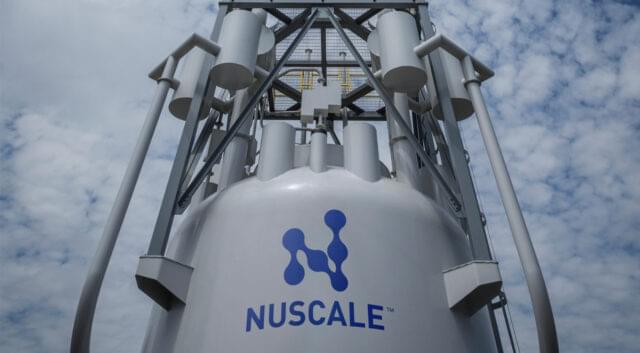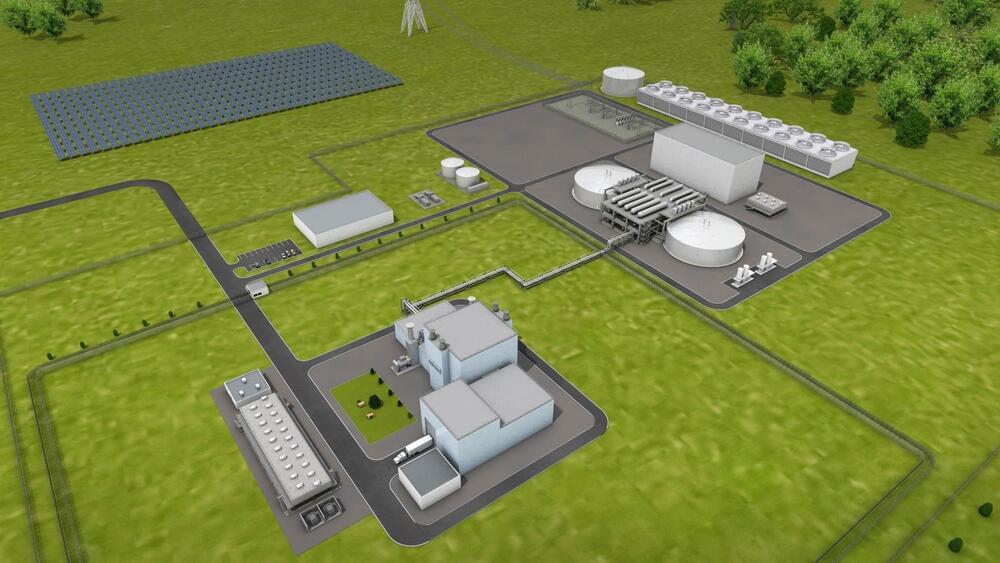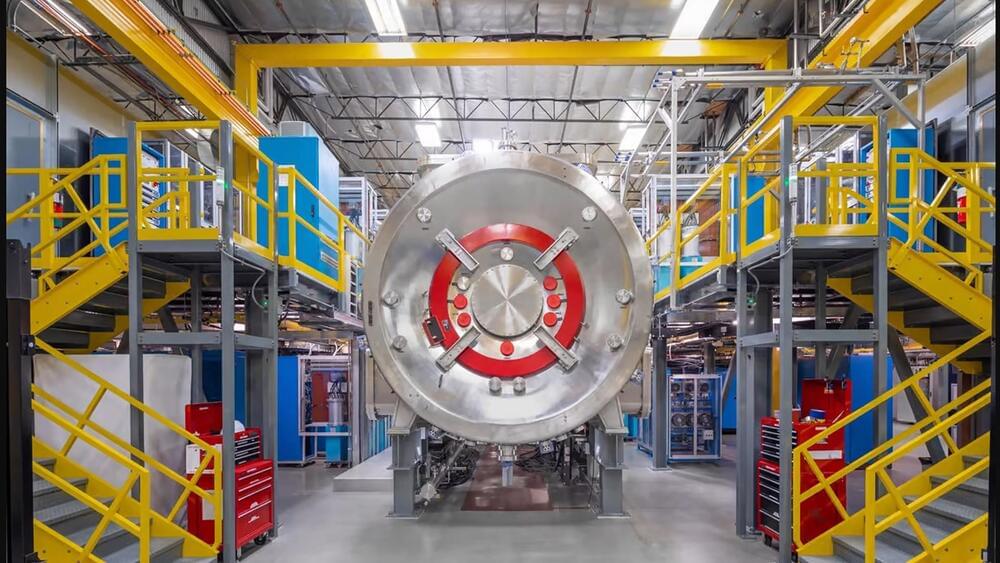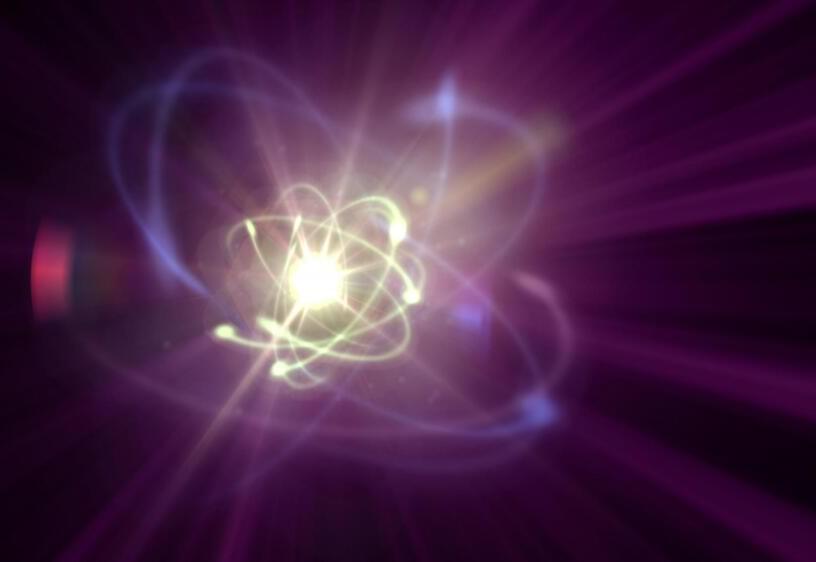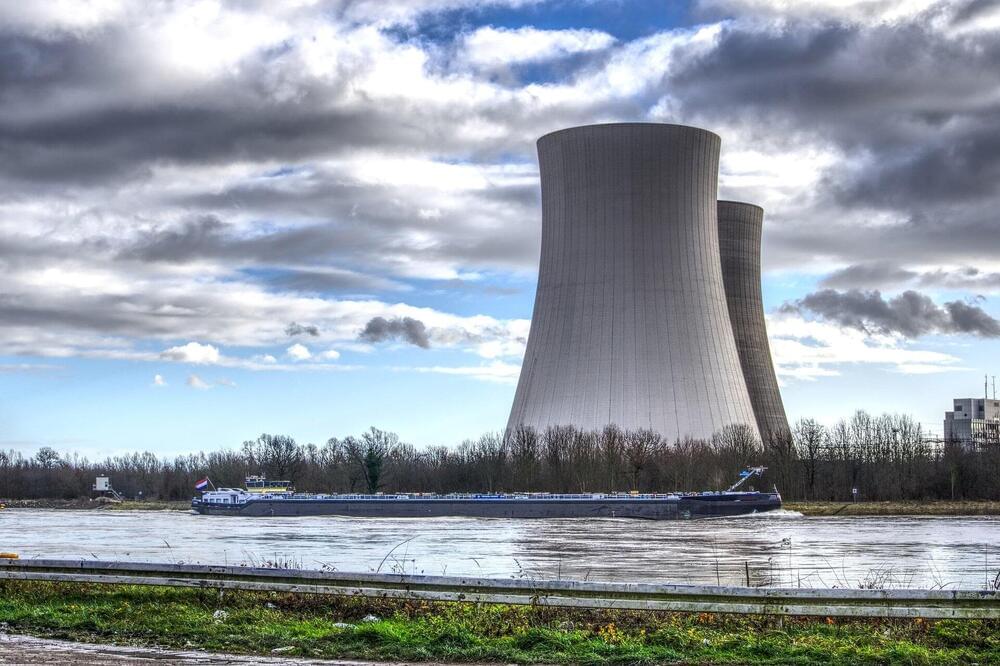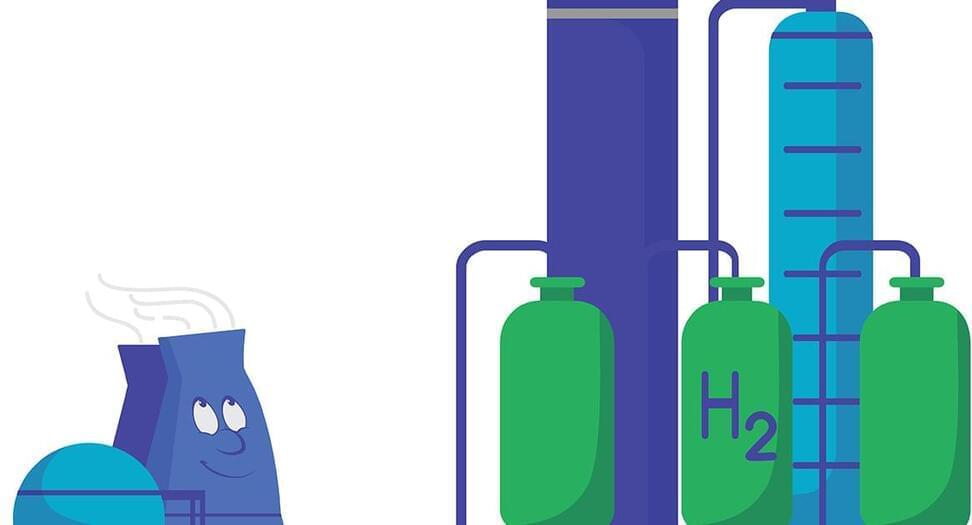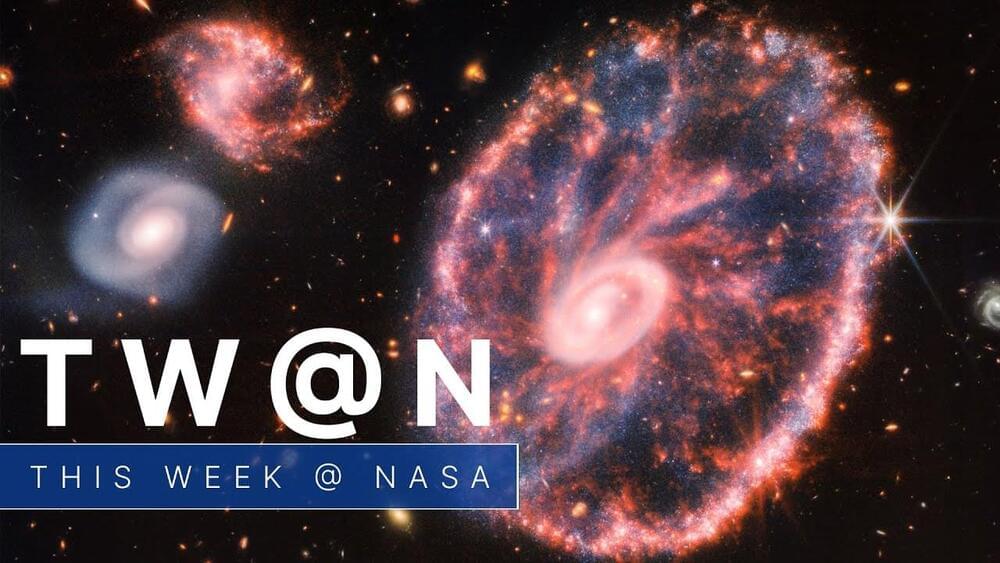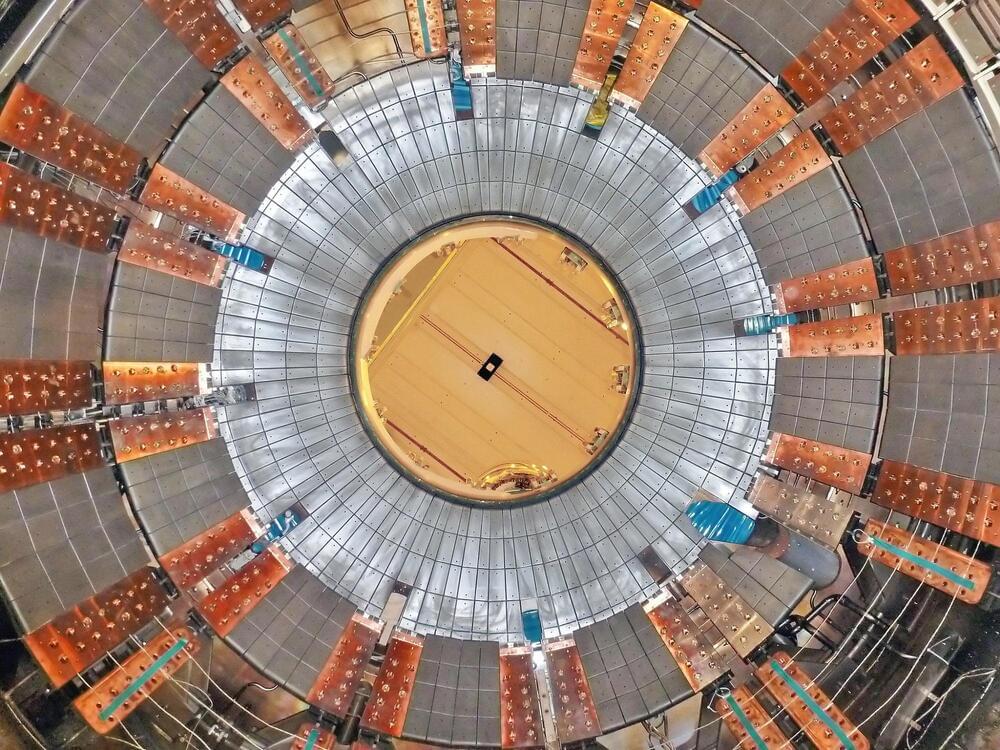
For decades, if you asked a fusion scientist to picture a fusion reactor, they’d probably tell you about a tokamak. It’s a chamber about the size of a large room, shaped like a hollow doughnut. Physicists fill its insides with a not-so-tasty jam of superheated plasma. Then they surround it with magnets in the hopes of crushing atoms together to create energy, just as the sun does.
But experts think you can make tokamaks in other shapes. Some believe that making tokamaks smaller and leaner could make them better at handling plasma. If the fusion scientists proposing it are right, then it could be a long-awaited upgrade for nuclear energy. Thanks to recent research and a newly proposed reactor project, the field is seriously thinking about generating electricity with a “spherical tokamak.”
“The indication from experiments up to now is that [spherical tokamaks] may, pound for pound, confine plasmas better and therefore make better fusion reactors,” says Steven Cowley, director of Princeton Plasma Physics Laboratory.

